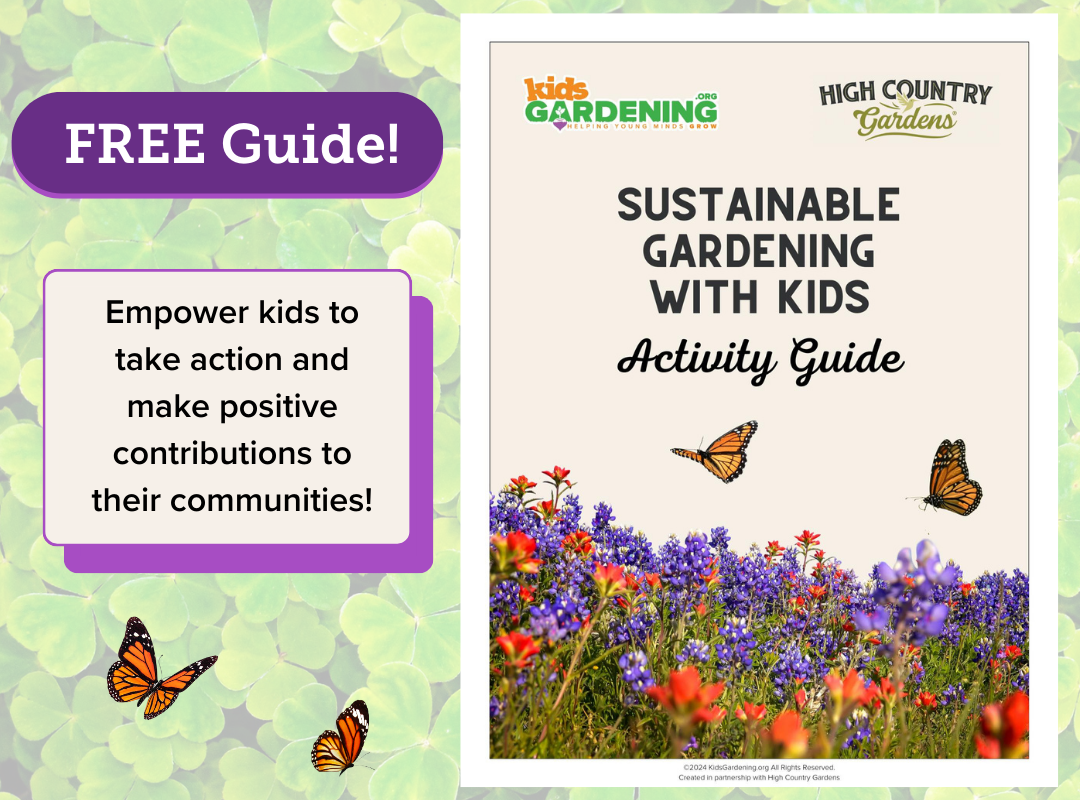Materials:
- Different types of soil with varying amounts of sand, silt and clay
- Water
- Table covering (if completing indoors)
Description
Soil is made up of mineral particles derived from rocks broken down over thousands of years by climatic and environmental conditions (rain, glaciers, wind, rivers, animals, etc). These minerals are divided into 3 categories based on their size: sand, silt and clay.
The largest, coarsest mineral particles are sand. These particles are 2.00–0.05 mm in diameter and feel gritty when rubbed between your fingers. Silt particles are 0.05–0.002 mm and feel similar to flour when dry. Clay particles are extremely fine — smaller than 0.002 mm. They feel sticky in your fingers when wet and clump to the point that you can't see an individual particle without a microscope.
You can explore these different properties by making mud pies.
Instructions
- Gather an assortment of types of soils with varying amounts of sand, silt and clay.
- Take a small clump of soil and add water until it makes a moist ball.
- Begin to shape the ball into a pie. Help your child observe that some types of soil make better pies than other.
- Explain that how well the pies stick together actually tell us about the ‘ingredients’ of the soil. If the soil molds easily, then it has a lot of clay in it (sticks together well). If it crumbles in your hand, then it contains a lot of sand. If it is somewhere in between, then the soil is probably a mix of sand, silt, and clay.
- For older children, explain that these soil properties can also impact how well the plants in our garden grow.
The proportion of the different-sized mineral particles affects the amount of air, water, and nutrients available to plants, as well as how the soil “behaves.” The smaller the soil particles, the more they bind together when wet. Thus, clay soils can be sticky and difficult to work. They drain poorly and have less pore space for air, so roots may suffer from a lack of oxygen. However, clay soils are often rich in plant nutrients. In contrast, sandy soils can drain water too quickly for healthy plant growth and tend to be low in nutrients, but they are easier to work. Adding organic material can offset many of the problems associated with either extreme.



